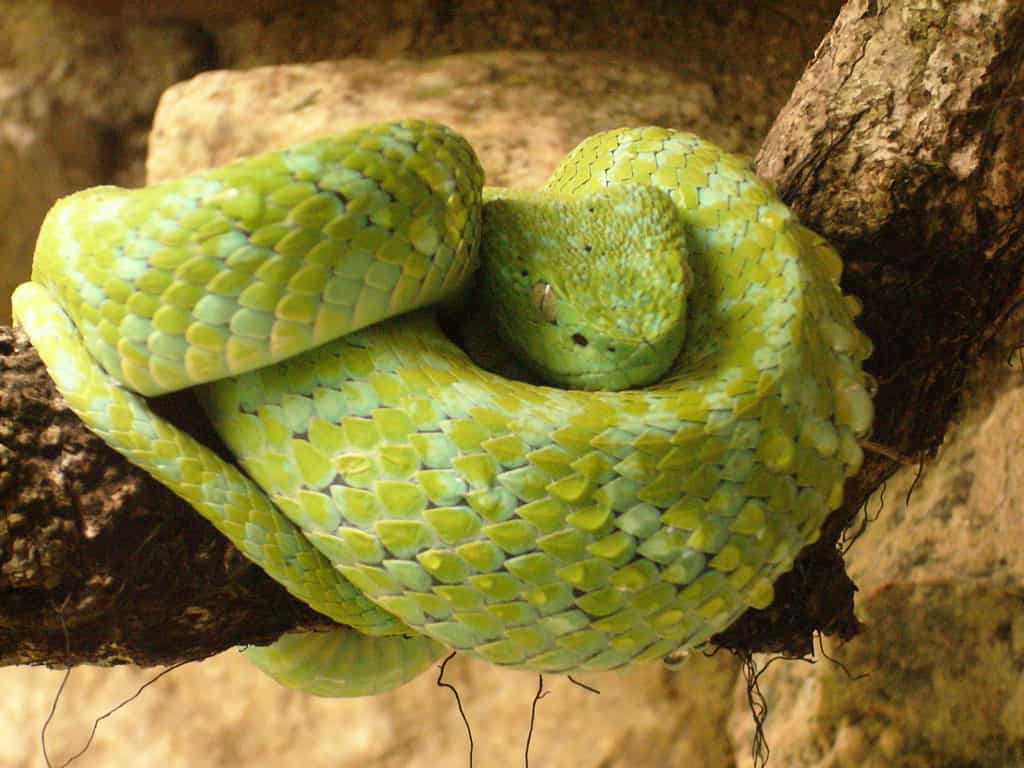Introduction
Tiger serpents (Notechis scutatus) are among one of the most interesting yet been afraid reptiles found in Australia. With their striking look and potent poison, these snakes stimulate a combination of wonder and care. Observing tiger snakes in their native environment can be a thrilling experience for nature enthusiasts, wildlife digital photographers, and researchers alike. However, it's essential to approach this undertaking with regard for the pet's habitat and an understanding of precaution to prevent serpent bites.

In this extensive overview, we'll discover just how How to identify Australia's deadliest snakes to securely observe tiger snakes in their all-natural habitat. We will certainly cover subjects varying from understanding their habits and habitats to emergency treatment for serpent bites-- furnishing you with knowledge to enhance your experience while lessening risks.
What is a Tiger Snake?
Tiger serpents are highly poisonous snakes belonging to Australia, particularly Tasmania and seaside areas. They are known for their distinctive grouped pigmentation looking like a tiger's stripes, which can range from yellowish-brown to dark brownish or perhaps black.
Physical Characteristics
Tiger snakes are medium to large-sized snakes that can grow up to 2 meters long. Their bodies are robust, and they have a wide head that is clearly bigger than their necks.
Habitat Preferences of Tiger Snakes
These reptiles typically populate wetlands, estuaries, and seaside regions yet can also be located near freshwater sources like rivers and lakes. Comprehending where these serpents live is critical for any individual wanting to observe them safely.
Understanding Tiger Serpent Behavior
Are Tiger Snakes Venomous?
Yes, tiger serpents are among one of the most poisonous serpent varieties globally. Their venom includes neurotoxins that Nocturnal snakes Australia can result in severe medical problems if bitten.
Behavioral Traits
Tiger snakes are generally reluctant animals; they like to avoid human communication. Nonetheless, they can become aggressive if intimidated or collared.
Where Can You Discover Tiger Snakes?
Tiger Snake Habitat Exploration
To securely observe tiger serpents in their all-natural habitat, it's vital initially to recognize where they flourish. They often tend to favor:
- Coastal marshlands Mangroves Swamps Riverbanks
Best Places for Observation
Some recommended places consist of:
- Tasmanian wetlands The coastlines of southern Australia National parks with water bodies
Safety Preventative measures Before Observing Tiger Snakes
Understanding the Threats of a Tiger Snake Bite
Although experiences with tiger serpents can be thrilling, knowing the dangers included is extremely important:
Recognize symptoms of a snake bite: swelling at the website, discomfort emitting from the bite area. Know emergency calls: Acquaint on your own with regional emergency situation services. Carry a first-aid set particularly equipped for serpent bites.First Aid for Snake Bites: What You Required to Know
Knowing what actions to take if bitten might conserve your life or someone else's:

- Stay calmness; movement raises venom spread. Call for clinical aid immediately. Do not use ice or effort suctioning.
How to Safely Observe Tiger Snakes in Their Natural Habitat
When you determine to observe tiger serpents in the wild:
Dress Appropriately: Wear lengthy pants and sturdy boots. Use Binoculars: Maintain a risk-free distance while observing these reptiles. Avoid Sudden Movements: Quick activities may stun them. Stay on Developed Trails: Avoid wandering right into thick underbrush where exposure is low.Equipment Required for Observation
Essential Gear Checklist
- Binoculars First-aid set particularly created for snake bites Field manual on Australian reptiles Camera (with zoom capability)
Snake Bite First Aid Package Essentials
A well-equipped first aid set ought to include:|Product|Function|| -------------------------------|-------------------------------|| Compression bandage|To debilitate the afflicted location|| Antihistamines|For allergies|| Emergency call numbers|Quick accessibility throughout emergencies|
Interpreting Tiger Serpent Signals
Understanding how tiger snakes communicate through body language aids viewers assess when it's risk-free or hazardous:
Common Behaviors
Defensive stance: If coiled or elevated off the ground. Retreating actions: When they slowly back away from prospective threats.Dealing With Possible Encounters
Even with preventative measures taken, an encounter may still take place during your monitoring journey:

Frequently Asked Inquiries About Tiger Snakes
1. What need to I do if I see a tiger snake?
Remain calm; observe from a range without troubling it.
2. Are baby tiger snakes dangerous?
Yes, juvenile tiger serpents are birthed venomous and may present threats comparable to adults in spite of being smaller.
3. Exactly how typical are tiger serpent bites?
While cases occur annually in Australia, fatalities are rare due to timely therapy availability.
4. Can I keep a tiger serpent as a pet?
Keeping wild tiger serpents as pets is unlawful in numerous regions due to conservation laws.
5. What does a tiger serpent attack look like?
Bite marks generally show 2 puncture wounds together with local swelling and discoloration.
6. Just how effective is antivenom?
Antivenom treatment is highly effective when provided timely after a bite.
Conclusion
Observing tiger serpents in their natural environment uses an exciting opportunity for wild animals fans but should be approached with caution and respect for both the creature and its setting. By equipping on your own with understanding concerning these remarkable reptiles-- including comprehending their behaviors and precaution-- snake bite first aid kits you can enjoy unforgettable experiences while substantially reducing threats related to encounters.
In summary, constantly focus on safety and security by preparing properly prior to embarking on any type of wildlife monitoring exploration-- specifically when taking care of some of nature's most poisonous animals like the tiger snake!